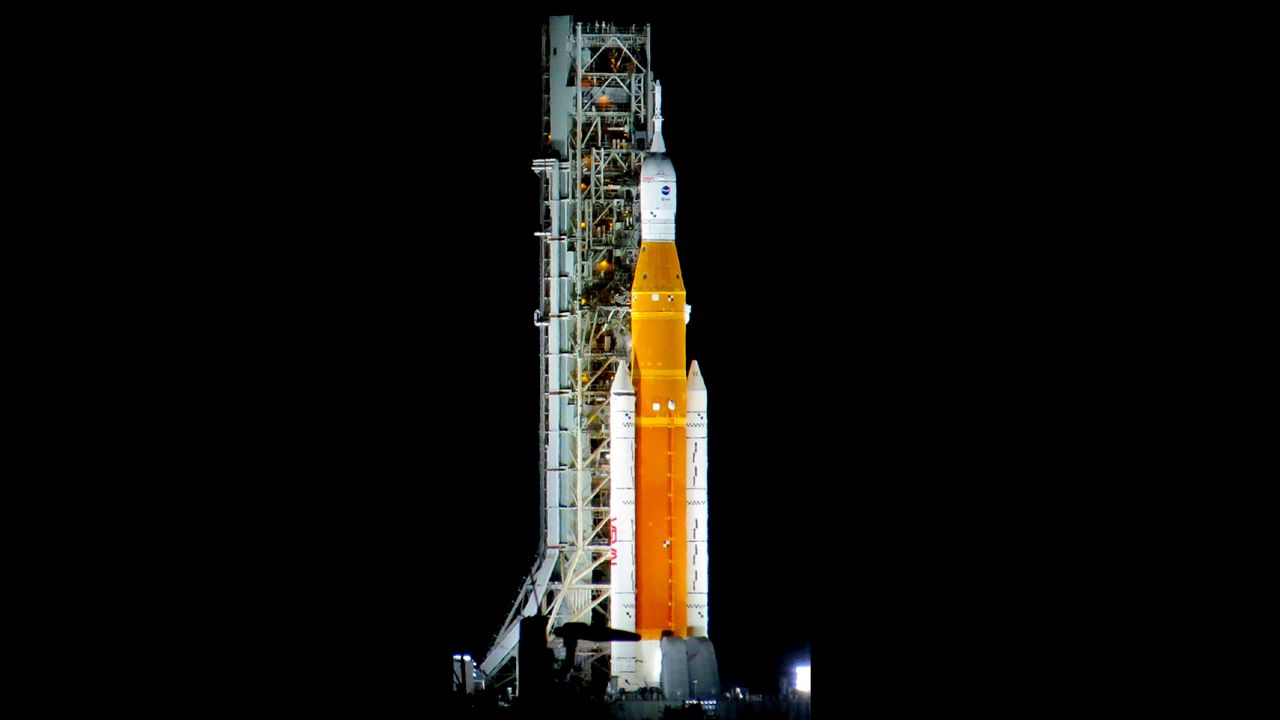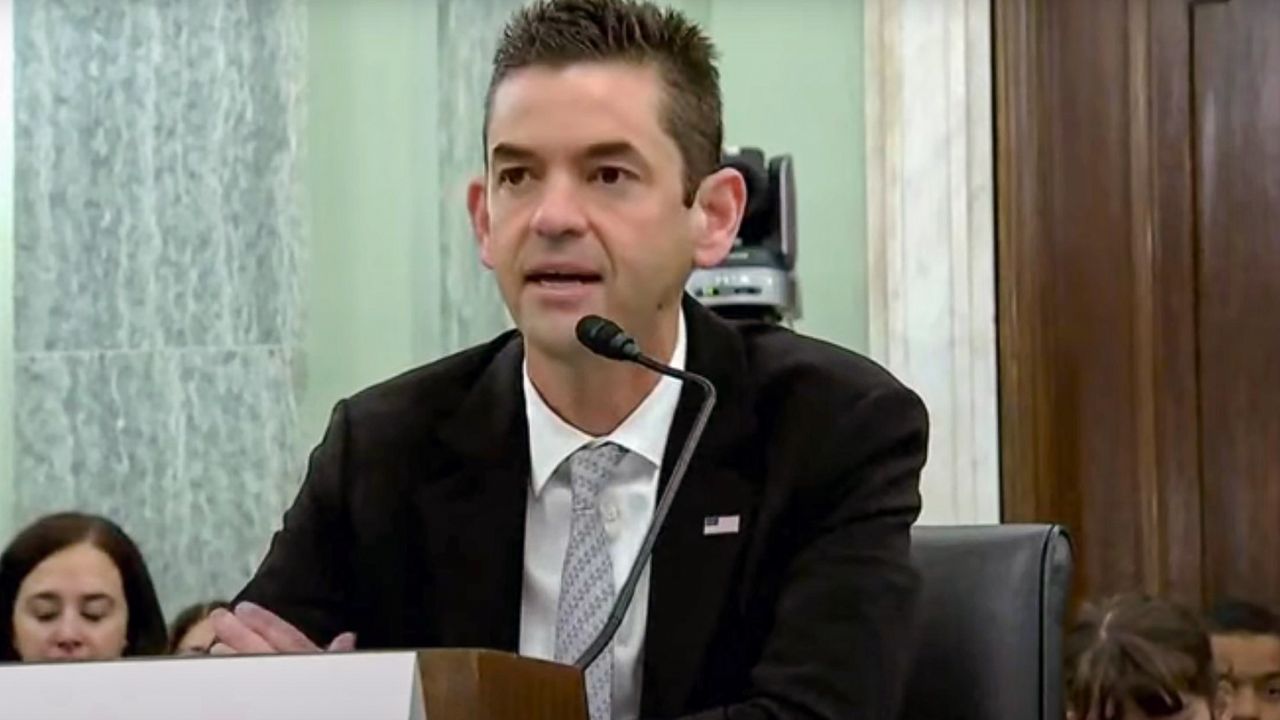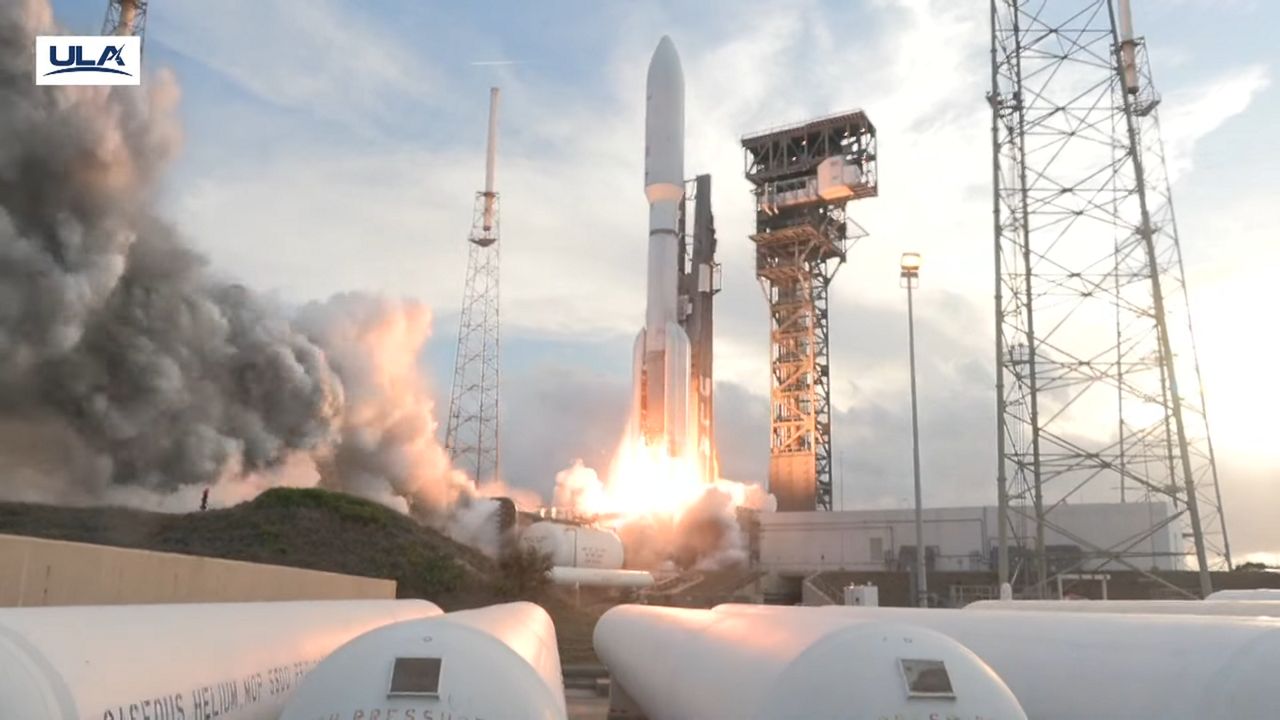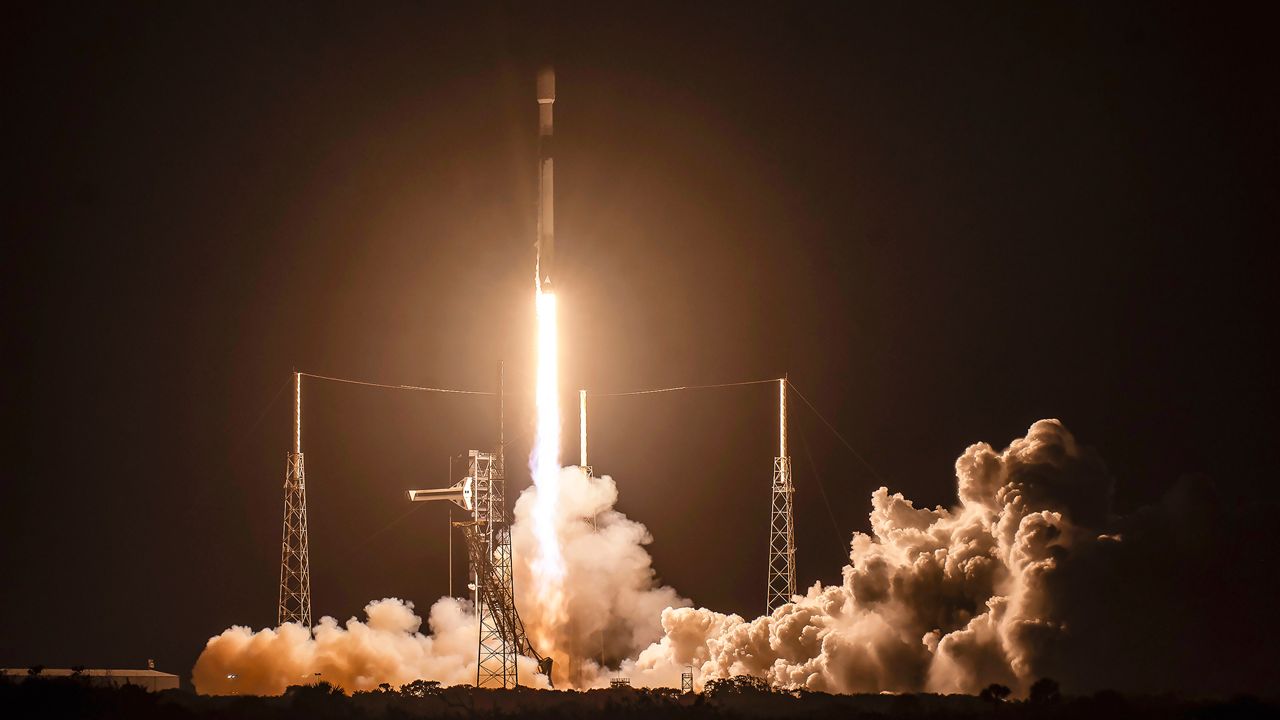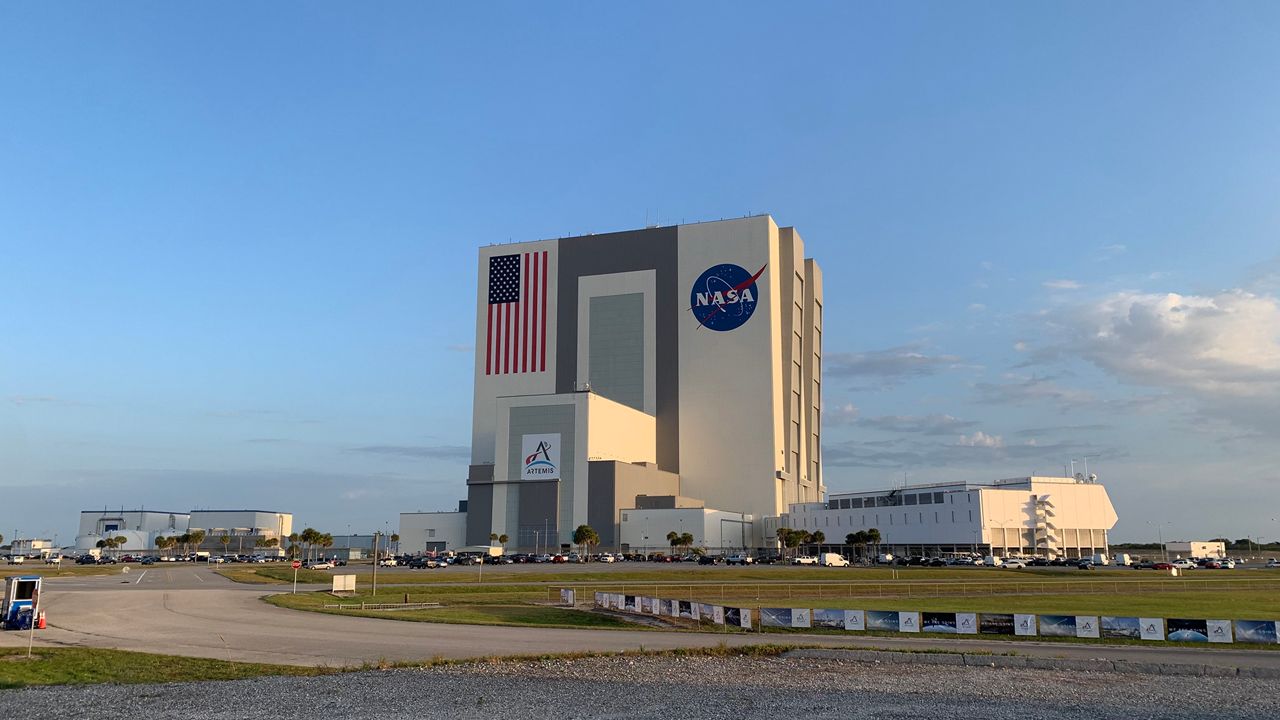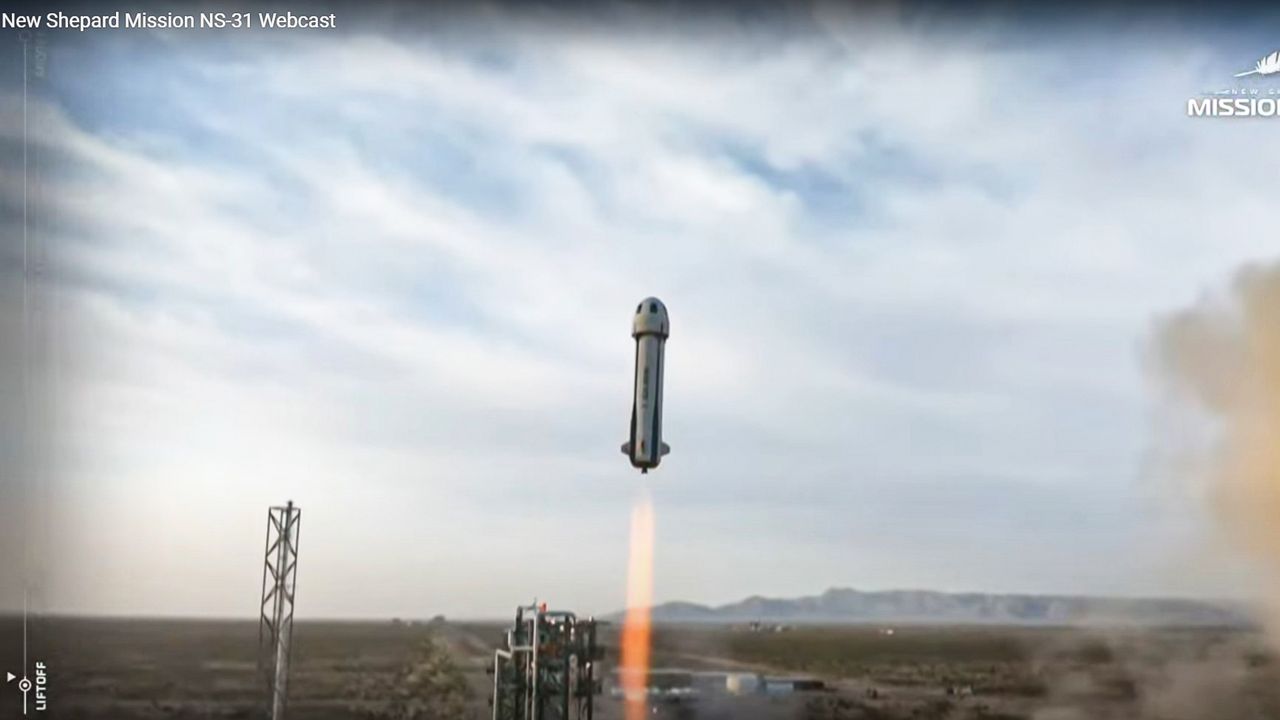KENNEDY SPACE CENTER — While many were in bed, except for a few diehard space fans who were awake to watch, NASA and SpaceX launched nearly 7,000 pounds of food, experiments and other goodies to the International Space Station early Monday morning.
What You Need To Know
- SpaceX’s Falcon 9 rocket sent up NASA’s 32nd commercial resupply mission in the company’s Dragon capsule to the floating laboratory
- The Falcon 9 took off in an instantaneous launch from Launch Complex 39A at NASA’s Kennedy Space Center
New cargo incoming!
— NASA's Kennedy Space Center (@NASAKennedy) April 21, 2025
NASA's SpaceX 32nd commercial resupply services mission to @Space_Station lifted off from Launch Complex 39A at 4:15am ET April 21. pic.twitter.com/Vv6ui63qsC
SpaceX’s Falcon 9 rocket sent up NASA’s 32nd commercial resupply mission in the company’s Dragon capsule to the floating laboratory, stated SpaceX.
The Falcon 9 took off in an instantaneous launch at 4:15 a.m. ET from Launch Complex 39A at NASA’s Kennedy Space Center, according to NASA.
The launch needed to be instantaneous to catch up and then dock with the ISS’s Harmony module at 8:20 a.m. ET, Tuesday, April 22.
“The Dragon spacecraft is scheduled to remain at the space station until May, when it will depart and return to Earth with research and cargo, splashing down off the coast of California,” NASA described.
Third time’s a charm
The first-stage booster, B1092, only has two launches to its name.
Falcon 9 landed at Landing Zone 1 at Cape Canaveral Space Force Station.
Falcon 9’s first stage has landed at LZ-1 pic.twitter.com/LeRW90X3Vz
— SpaceX (@SpaceX) April 21, 2025
About the resupply mission
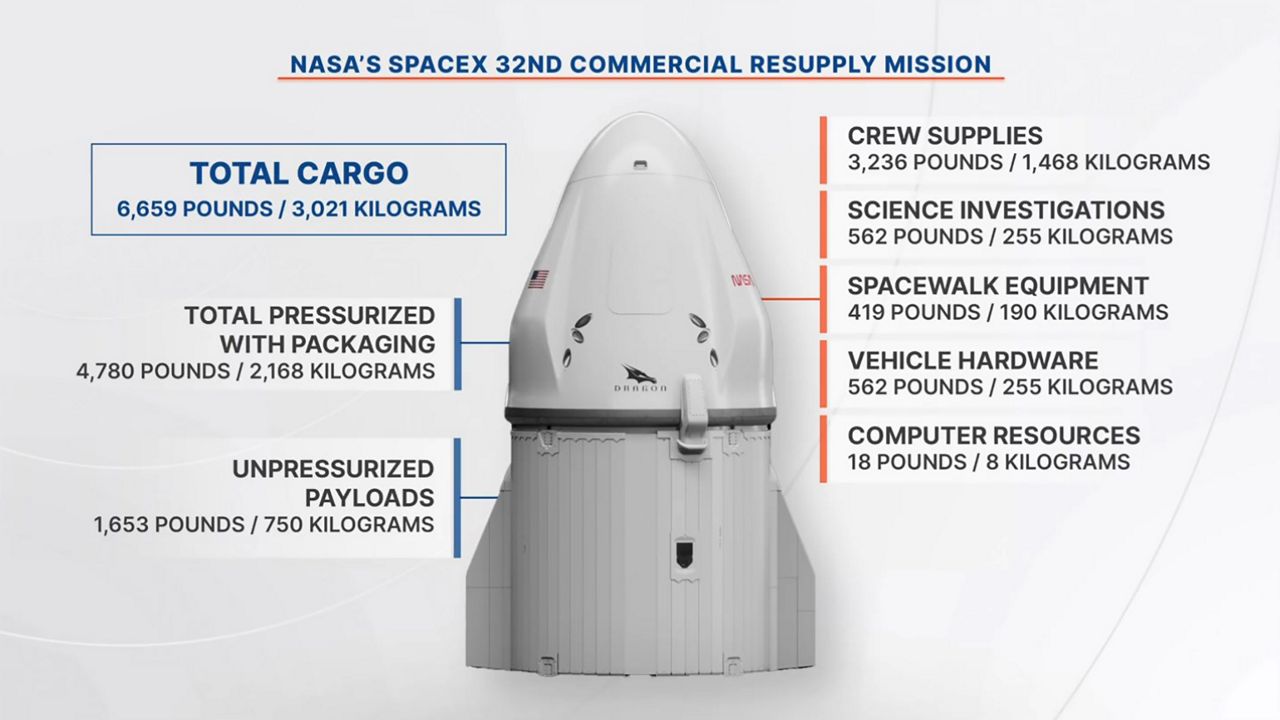
The Commercial Resupply Services is where NASA awarded contracts to two American companies —SpaceX and Northrop Grumman — to send up food, equipment and experiments to the International Space Station.
For this mission, this will be the 32nd time SpaceX has done a resupply mission for NASA. Inside the California-based company’s Cargo Dragon capsule is 6,700 pounds of food, research equipment and supplies.
Some of the more interesting experiments are:




